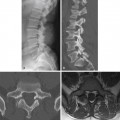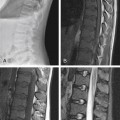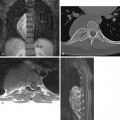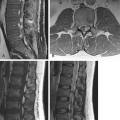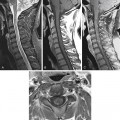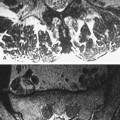CASE 35 History: A 66-year-old man previously presented with neck pain and radiculopathy; 6-month follow-up MRI was performed. 1. What should be included in the differential diagnosis? (Choose all that apply.) a. Spontaneous regression of herniated disk b. Surgical treatment of herniated disk c. Resolving epidural hematoma e. Resolving diskitis osteomyelitis 2. Which of the following statements regarding regression of disk herniation is true? b. Spontaneous regression is more likely in older patients. c. Extruded cervical disks are more likely to regress spontaneously compared with protruded disks. d. Spontaneous regression of disk herniation is more common with lumbar disk herniation. 3. Which of the following statements regarding regression of disk herniation is true? a. Lateral disk herniation is more likely to regress spontaneously. b. Central disk herniation is more likely to regress spontaneously. c. Foraminal disk herniation is more likely to regress spontaneously. 4. Which of the following statements regarding MRI in patients with spontaneous regression of disk herniation is true?
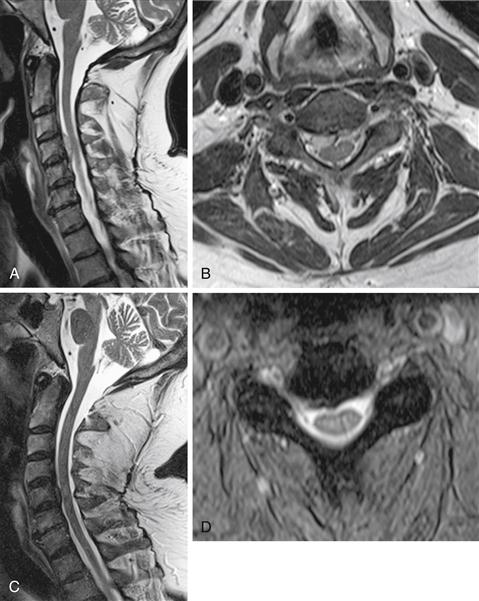
![]()
Stay updated, free articles. Join our Telegram channel

Full access? Get Clinical Tree



